Data Communications
Solutions for Telecom Device Design all the Way to Final Testing
Telecommunications / data communications, also known as Telecom & Datacom, is the exchange of information over significant distances by electronic means and refers to all types of voice, data and video transmission. This is a broad term that includes a wide range of information transmitting technologies such as telephones (wired and wireless), microwave communications, fiber optics, satellites, radio and television broadcasting, the internet and telegraphs.
A complete, single telecommunications circuit consists of two stations, each equipped with a transmitter and a receiver (the transmitter and receiver at any station may be combined into a single device called a transceiver). The medium of signal transmission can be via electrical wire or cable, optical fiber, electromagnetic fields or light. The free space transmission and reception of data by means of electromagnetic fields is called wireless communications.
The simplest form of telecommunications takes place between two stations, but it is common for multiple transmitting and receiving stations to exchange data among themselves. Such an arrangement is called a telecommunications network. One of the trending technologies of modern Telecom/ Datacom industry is silicon photonics, where data is transferred among computer chips by optical means.
Optical Fiber is used to overcome the limitations of copper and support faster interconnects between data centers. Combining laser and silicon technology results in higher propagation speed compared to electrical current (ability to carry more data in less time compared with electrical conductors).Thus, the effective implementation of silicon photonics technology would dramatically increase the processing speed and power of computers.
Telecom Research and Development Solutions
During the R&D stage, engineers are tasked to evaluate and verify new technologies or new design concepts. One of the challenges is to complete this task in shortest amount of time to move quickly into production, while guaranteeing precise characterization and analysis of new devices. To assist with this task we offer laser diode instrumentation, power and wavelength meters, and laser beam profilers that provide comprehensive characterization of a telecom device and are easy to setup and use.
Telecom Assembly and Production Solutions
In the Assembly/Production stage, the objective is to build many devices in the shortest possible amount of time. Achieving repeatable and reliable results is the main challenge in this stage.Newport Corporation provides modular systems to allow multiple controls and functions within a single instrument, large scale test systems, precise motion solutions and instruments to ensure reliable, stable and precise performance.
Telecom Testing Solutions
In the Test stage, the goal is to get quality finished goods. The challenges are moving high volume finished devices thru test to ensure functionality and reliability. We offer proven laser diode protection to ensure devices are not damaged and destroyed during test, LIV capable test instruments to allow performance validation, high speed photodetectors and fiber-optic receivers, as well as power meter, detectors and beam profilers.

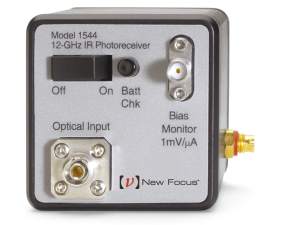
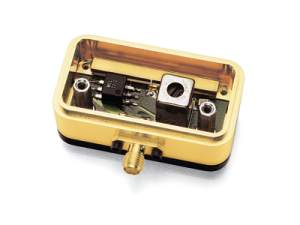
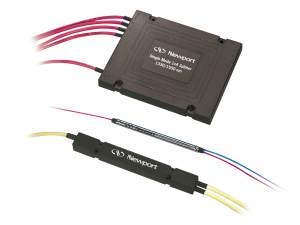
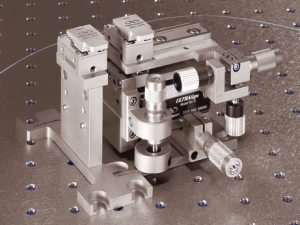

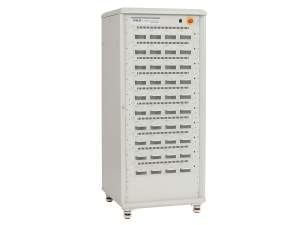

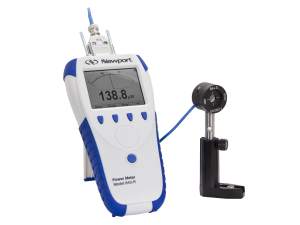
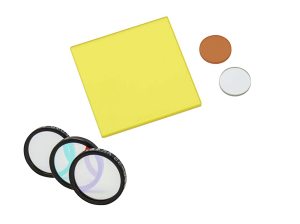
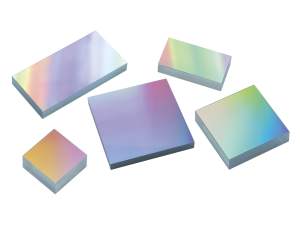
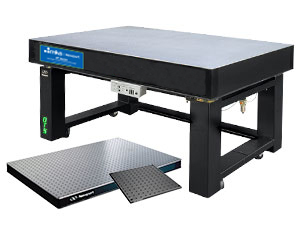
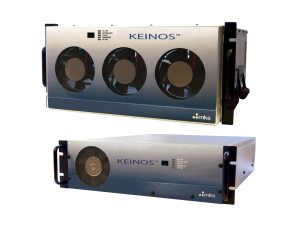
 Ultra-High Velocity
Ultra-High Velocity